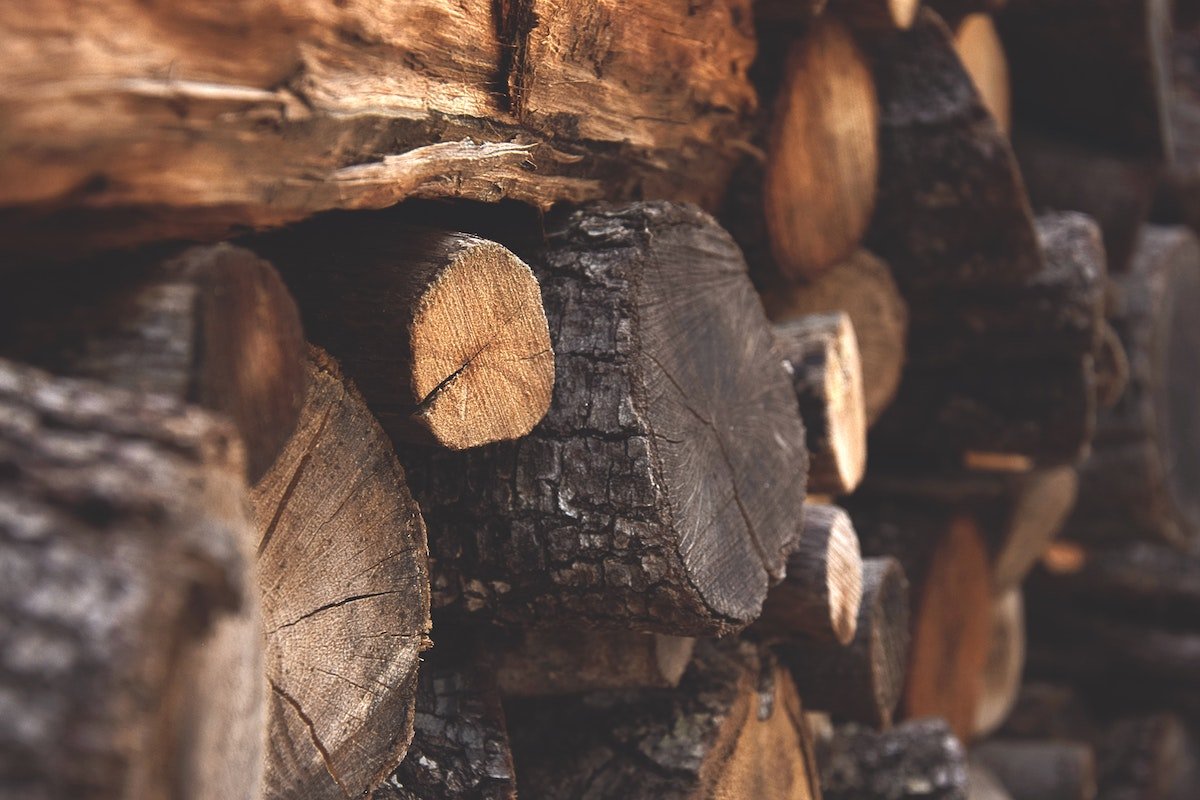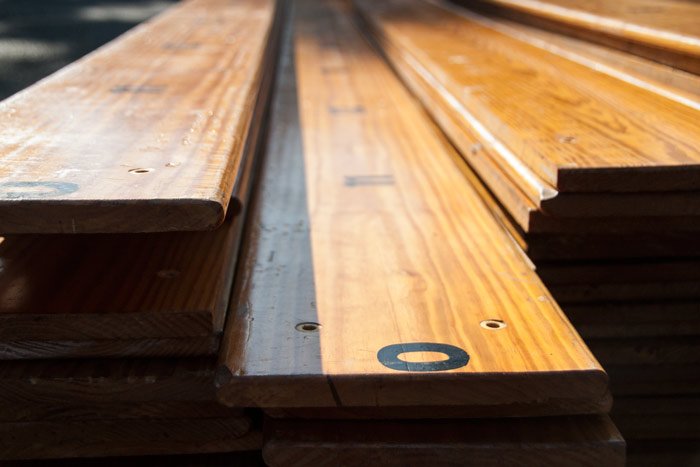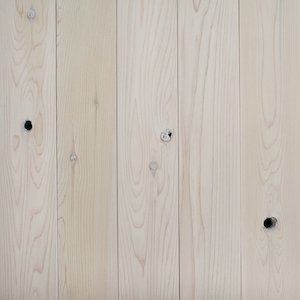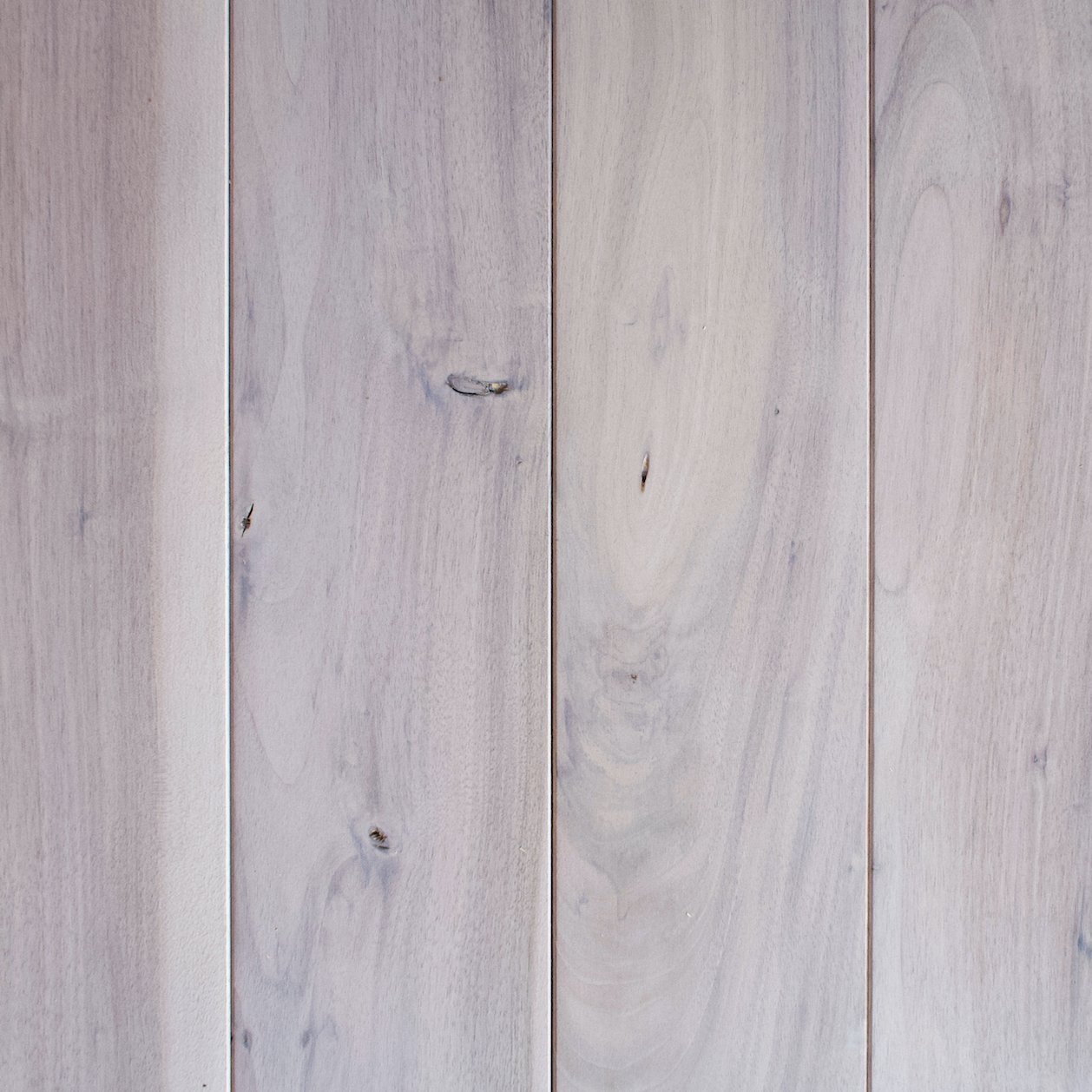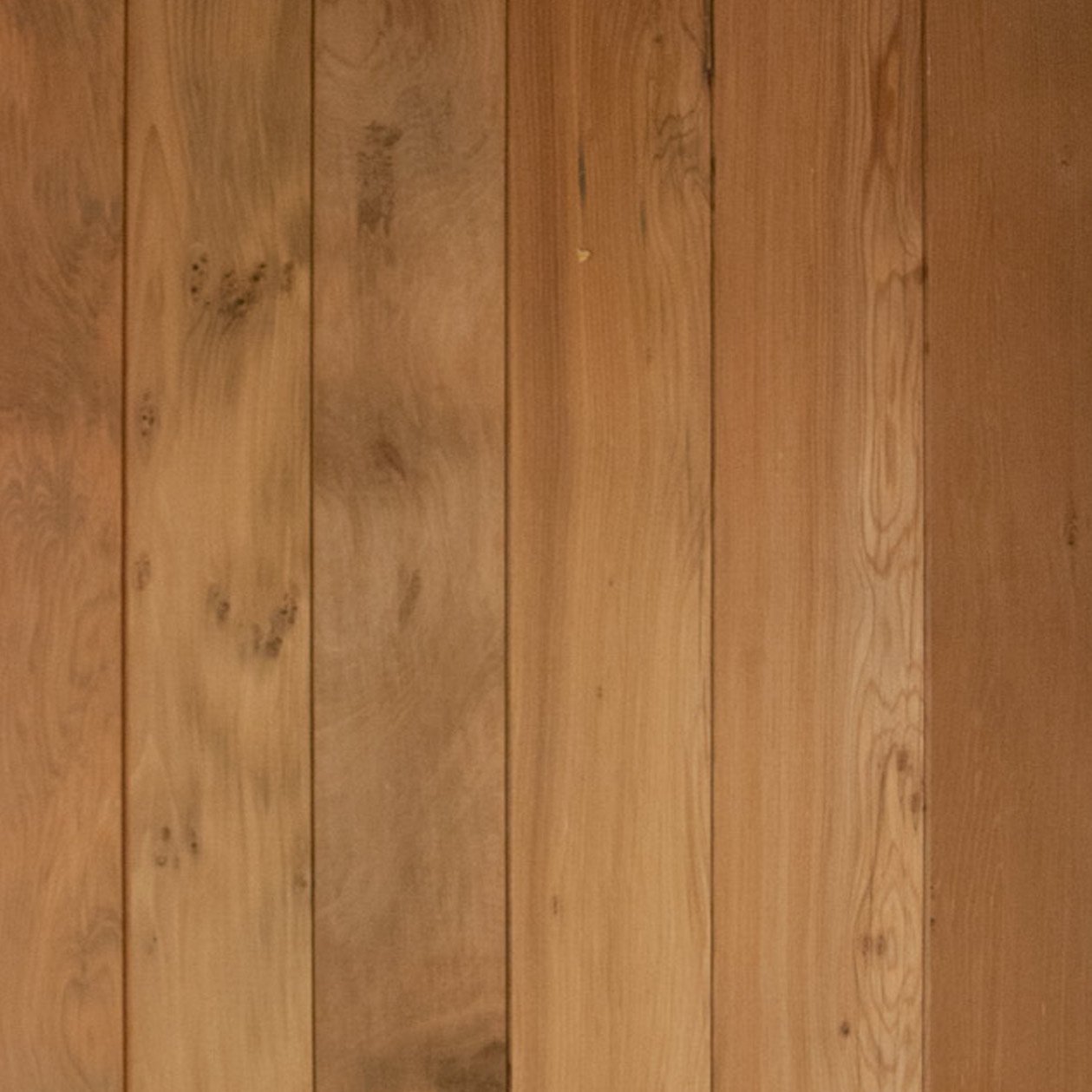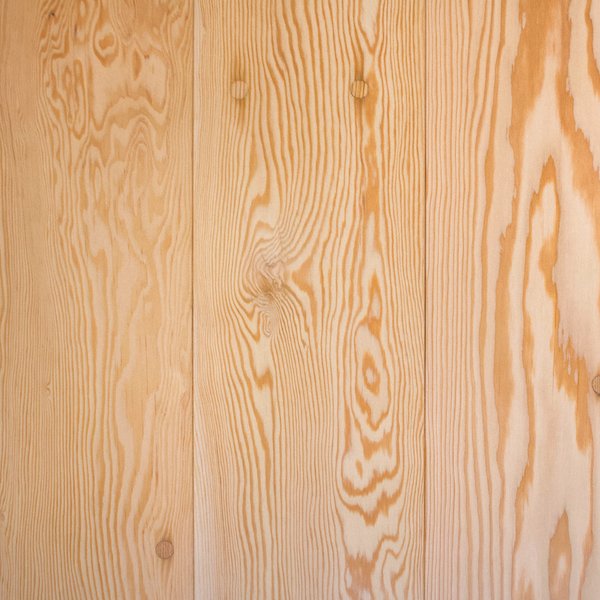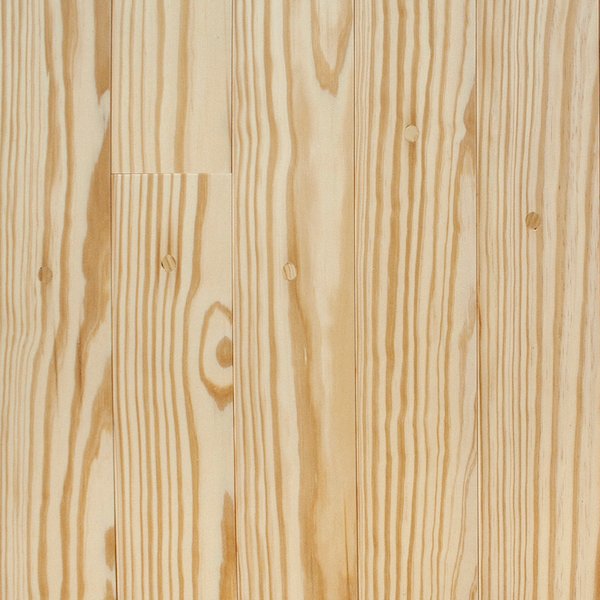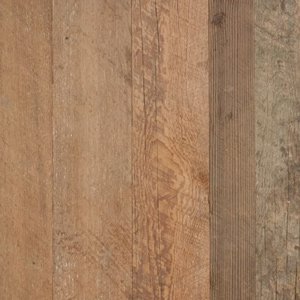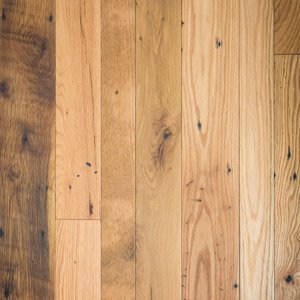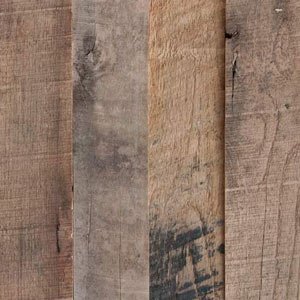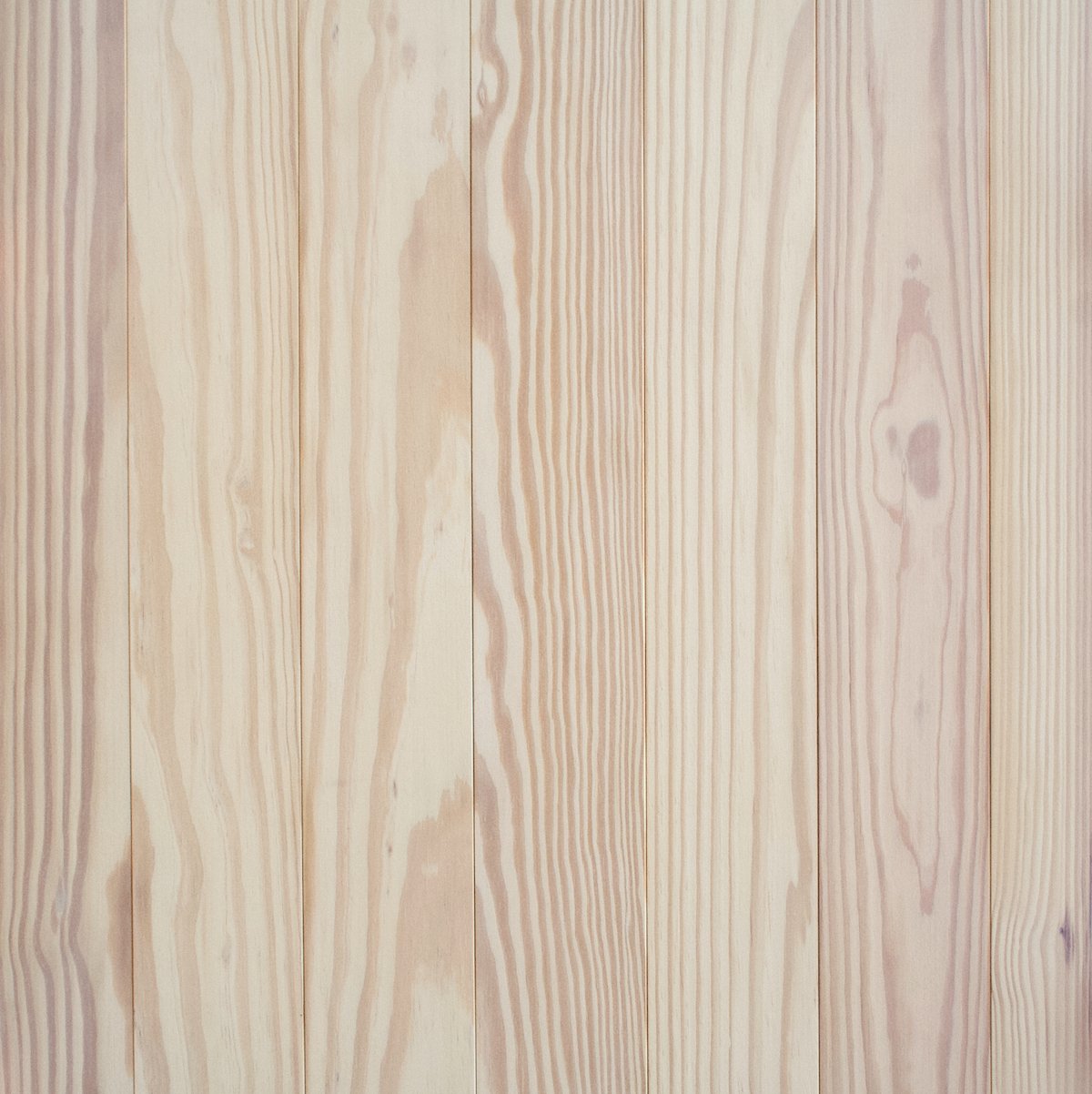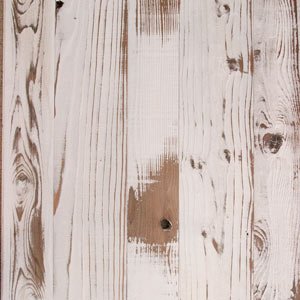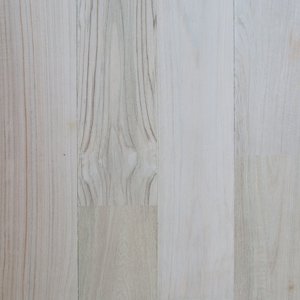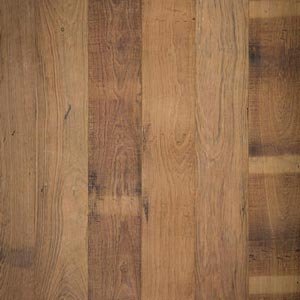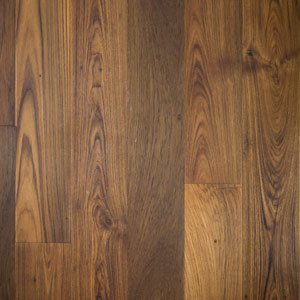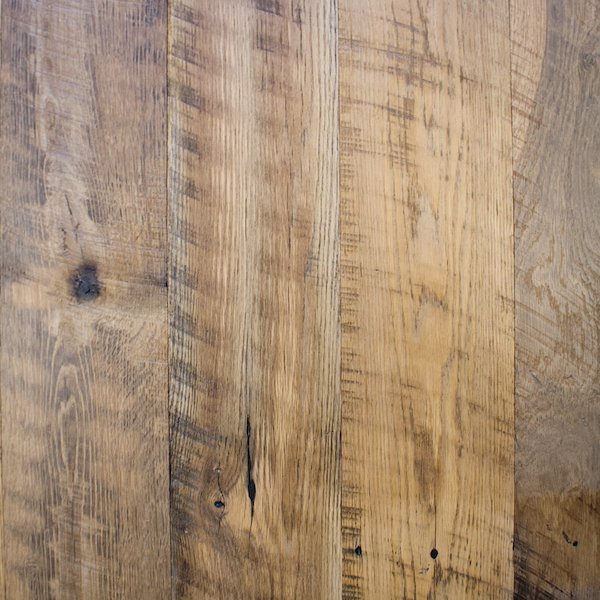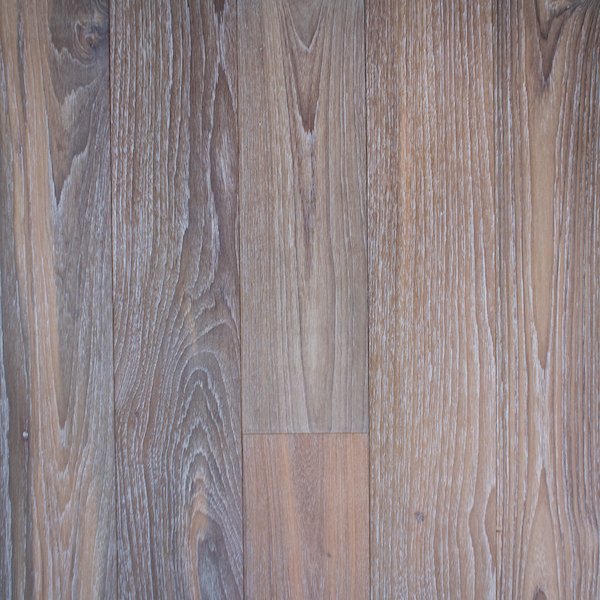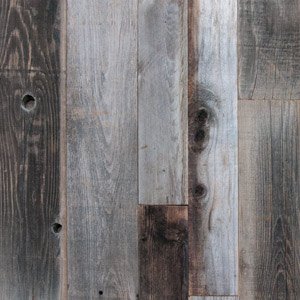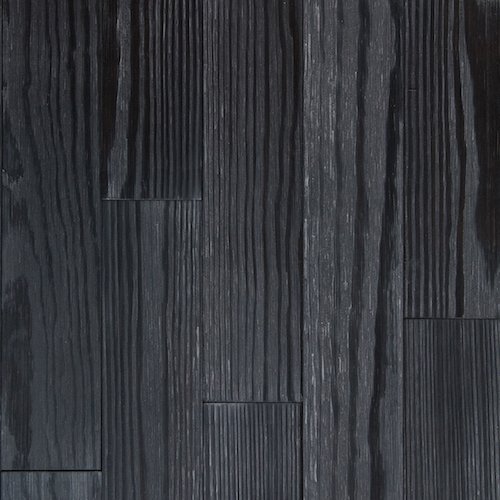The Difference Between Reclaimed and Salvaged Wood
Decoding the wide range of reclaimed and salvaged wood terminology
Salvaged wood may be a byproduct of contemporary forest harvests or orchard recovery, where the wood has not yet been used for a consumer application
Post-consumer reclaimed wood can come from a variety of sources, including barns, out-buildings and warehouses
Some of our reclaimed wood comes from gymnasium bleachers, which is refinished and milled to different flooring and paneling specifications.
Salvaged Wood Flooring & Paneling
Reclaimed Wood Flooring & Paneling
Decoding Reclaimed & Salvaged Wood Terminology
Post-consumer reclaimed, post-industrial, salvaged, recovered, recycled, antique wood. What do these words mean and what is the difference when using these types of wood for wood flooring and paneling? Let’s dig in and uncover the meanings of these wood buzz words.
What does Reclaimed Wood Mean?
Reclaimed wood has previously been used for an application, usually for a building or structure, including barns, industrial buildings, water tanks, gym bleachers, ships, etc. Words like “recycled wood” or “repurposed wood” can be used to describe reclaimed wood as well, but may have different non-structural sources, like wood shipping pallets.
“Antique wood” may be used when referring to reclaimed wood, though it merely describes wood that is old. There is no standard for this word in relation to how old the wood is, and may refer to solely the look of the wood. Antique reclaimed wood may have visual signs of previous use, including nail holes, oxide stains or saw trace marks, which give the wood a distinctive, rustic look.
Types of Reclaimed Wood
There are various types of reclaimed wood: post-consumer reclaimed wood and post-industrial reclaimed wood.
Post-consumer reclaimed refers to wood that has been used for a commercialized purpose, while post-industrial involves recycling the wood during a production process before the products reach consumers. Post-industrial can also be referred to as “pre-consumer” wood, as the wood is recycled before reaching consumers.
Post-consumer reclaimed wood is typically going to be the most rich in character, including nail holes, oxide stains, insect holes, and additional signs of use which sometimes include surface texture and patina. Post-consumer reclaimed wood is also most likely to have been harvested from older-growth (best quality, and often no longer available as new wood) timber and have had more time to season and age.
What’s the Difference Between Reclaimed and Salvaged Wood?
Unlike reclaimed wood, which has been used for some kind of building application, salvaged or “recovered wood” is new wood that has been harvested as a by-product of another process.
There is a variety of sources for salvaged wood, including roadside or “urban salvage,” when trees are removed from cities or roadsides due to safety or aesthetic issues. Orchard salvage occurs when fruit and nut trees are cut down after producing for a certain number of years. Many of these trees are turned into wood chips or even burned as waste, which is why salvaging the wood can be an important step in diverting waste and transforming it into beautiful, functional products.
Since the wood has not been used by consumers, recovered wood will generally lack the checking, holes, and stains inherent in post-consumer reclaimed wood.
Salvaged wood is typically available in larger dimensions than reclaimed wood, too. Some of our recovered wood flooring and paneling products include salvaged Left Coast White Oak, Pacific Madrone, Bidwell Walnut, and Rediscovered Redwood.
Both salvaged and reclaimed wood help divert waste in the building industry and promote recycling materials for smart reuse. The wood is full of character and inherent beauty that with proper maintenance, can last another lifetime.
If you have more questions about reclaimed and salvaged wood, reach out to our friendly team, by phone or email. We are happy to assist you!

